
A phone is a phone, right? They all send messages, make calls, and connect to the internet. If only it were that simple! Like any kind of device, not all phones are made equal. From our extensive testing based on years of experience, here’s what we consider the best phones in Australia.
While you can find phone reviews nearly anywhere these days, GadgetGuy focuses on what you see on Australian shelves. Even phones with the same or similar-sounding names can have subtle regional differences. That’s why it’s important to review Australian-specific devices, so we can guide you on which phones hold up to local conditions.
Beyond the basics, there are two common reasons behind choosing a phone: battery life and camera quality. You want a phone that lasts all day, while being able to capture important memories. On top of that, there’s the matter of social media browsing, gaming, and other tasks that need a good amount of power to run smoothly.
Based on what we’ve reviewed over the past year, here are our recommendations for the best phone in Australia across a range of categories. No matter your budget or brand preference, there will be something that matches your needs.
And remember: you don’t always need the most expensive phone. Depending on your usage, a much cheaper device could do exactly what you want. Do your due diligence, read reviews and compare sales to find the best phone for you.
For the best value, make sure to pair your phone with one of the cheapest SIM plans.
Best phones in Australia
- Best overall phone
- Best Android phone
- Best camera phone
- Best foldable phone
- Best phones under $1,000
- Best phones under $500
- Best phones under $300
- How to choose the best phone
Best overall phone: iPhone 17 Pro
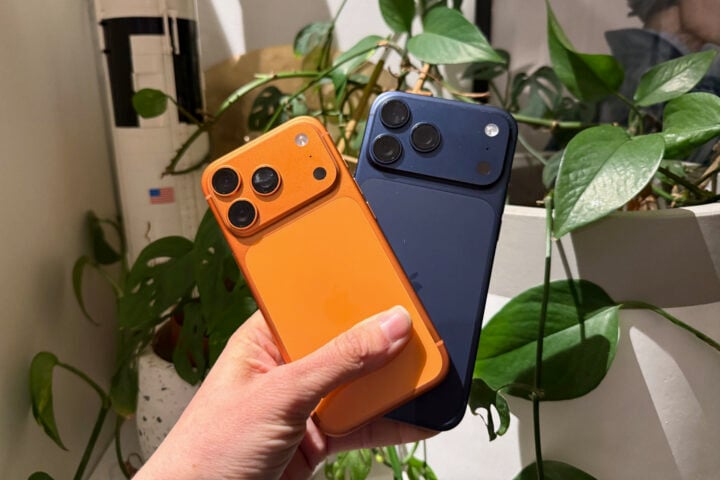
An all-around excellent handset, the iPhone 17 Pro (or Pro Max) is the best phone you can buy in Australia. It’s more powerful than its competitors, takes excellent photos, and easily gets through a full day of use.
Aside from all the incremental upgrades, including a snazzy new aluminium design, the iPhone 17 Pro benefits from an upgraded telephoto camera capable of an 8x optical zoom. Built for photography and video enthusiasts, this phone also includes more post-production flexibility, which is great for folks who obsess over every detail.
Apple’s flagship phone comes at a high price, which is the only consistent criticism we have. Otherwise, it’s an incredibly versatile phone that covers all bases.
Best Android phone: Samsung Galaxy S25 Ultra
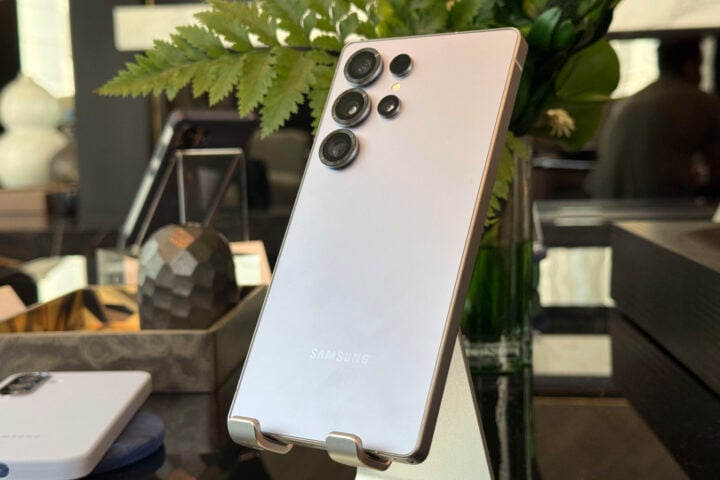
Read the Samsung Galaxy S25 Ultra review
In terms of year-on-year upgrades, the Galaxy S25 Ultra doesn’t change a lot compared to Samsung’s previous flagship phone. But that’s not necessarily a bad thing, considering the S24 Ultra was an excellent handset.
Even though it leans a bit too heavily on AI at times, the S25 Ultra boasts some very good hardware. A versatile quad rear camera array is high on that list, including a 200MP main sensor, and up to 5x optical zoom via its telephoto lenses.
It’s one of the most powerful Android phones, too, making the S25 Ultra a handy pick for gaming or on-device video editing. That raw power is what gives Samsung’s flagship the edge over its close competitors from Google and Oppo.
Best camera phone: Google Pixel 10 Pro
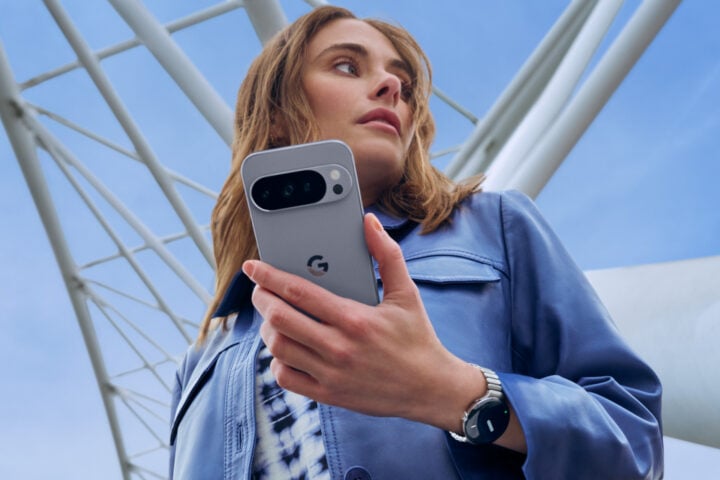
Read the Google Pixel 10 Pro review
Realistically, you could pick from several top-end phones and get great camera quality. Of the phones we’ve reviewed, the Google Pixel 10 Pro and the iPhone 17 Pro are almost inseparable. As an alternative, the Oppo Find X8 Pro also boasts an excellent array of cameras. Just look at the benchmarking wizards at DXOMARK; not much separates their top camera phone rankings.
In a contest too tight to definitively call one way or the other, the Pixel 10 Pro takes a slight advantage here. Out of the box, its photos are bright and colourful, with sharp clarity.
Google also touts its 100x ‘Pro Res Zoom’, which uses generative AI to touch up photos taken from a long distance away. Although the results aren’t necessarily a ‘real’ photo, per se, it’s a fascinating technology, especially when used on landscapes.
Even if you leave the AI gimmickry alone, the Pixel 10 Pro takes excellent photos in all situations. You also get a great-looking screen on which to view your snaps.
If you want a slightly more realistic straight-out-of-the-camera image, the iPhone 17 Pro might be more your style. But a lot of people favour vibrancy over sheer realism, which makes the Pixel 10 Pro an excellent choice.
Best foldable phone: Samsung Galaxy Z Fold 7
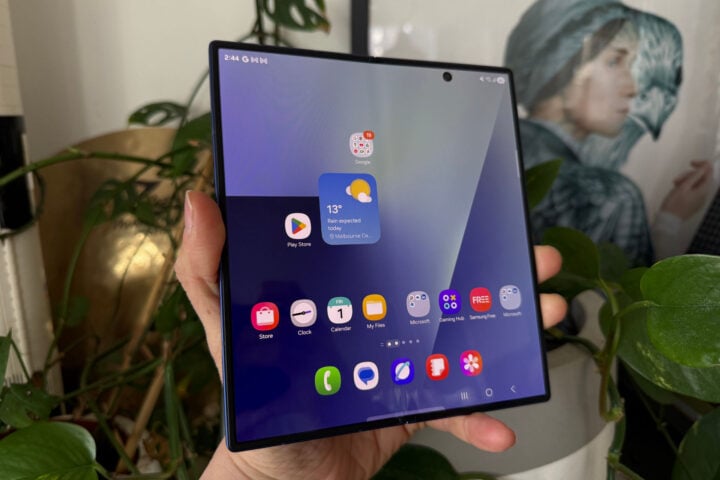
Read the Samsung Galaxy Z Fold 7 review
As reviewer Alice Clarke enthused in her critique, the Samsung Galaxy Z Fold 7 is the culmination of years of iteration. It’s a pricey beast, but the book-like foldable phone has excellent utility for chronic multitaskers.
That thin new design defies logic, while still managing to power all-day use and a high-end camera setup. On the front is a 6.5-inch display, guarding a huge 8-inch inner main screen. Both are excellent, providing far more versatility than a conventional single-screen handset.
These screens are ultimately the main reason to consider the Samsung Galaxy Z Fold 7. If you need lots of space to use multiple apps at the same time, in an incredibly thin form factor, this phone was made for you.
Best phones under $1,000
Nothing Phone (3a) Pro

Read the Nothing Phone (3a) Pro review
Wearing Nothing’s signature industrial style with swagger, the Phone (3a) Pro is more than a quirky-looking device.
It takes great photos for an $849 phone, including an impressive 3x telephoto zoom lens. On the practical side, the Phone (3a) Pro’s all-day battery and fast charging are good core features.
That camera array is one of the standout reasons to choose Nothing’s solid mid-ranger. Another is its nifty UI and software mix that attempts to offer more functionality than your everyday OS.
Google Pixel 9a

Read the Google Pixel 9a review
Long considered one of the best deals in phones, Google’s Pixel a-series devices cost more than they once did. However, it’s still an excellent sub-$1,000 phone.
Even without a telephoto lens, the Pixel 9a’s cameras are among the best you can get without paying substantially more. Plus, Google extends its seven-year software support to the 9a, meaning it keeps up with the features added to the rest of the Pixel range.
Apple iPhone 16e
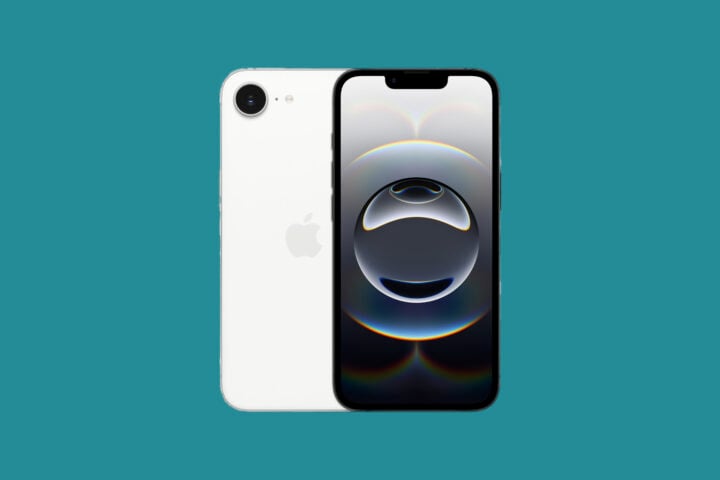
Replacing Apple’s iPhone SE series, the 16e just sneaks under the $1,000 mark. Despite that, it still manages to overpower plenty of pricier phones in the processing department.
Lacking the multi-camera functionality of its contemporaries, the iPhone 16e still takes a nice picture. However, you miss out on an ultra-wide lens or the telephoto zoom included with many cheaper Android phones.
That being said, the power and battery life you do get are pretty decent. If you want an iPhone for $400 less than the standard model, the 16e still delivers a good overall Apple experience.
Oppo Reno 13 5G
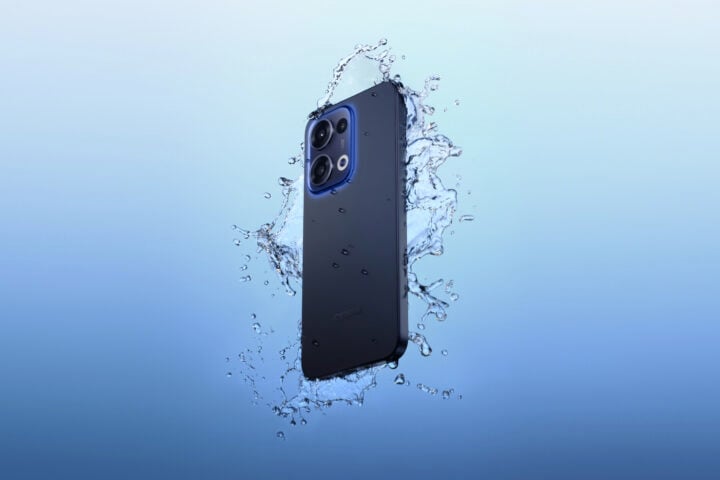
Read the Oppo Reno 13 5G review
Of all the Oppo phones under $1,000, the Reno 13 5G delivers the best value.
The Reno 13 5G has the best-looking screen of Oppo’s mid-range handsets, which pairs nicely with a sizable 5,600mAh battery. It also happens to be one of the most durable phones in Australia, sporting an IP69 rating, meaning it can even be used underwater in shallow depths for short amounts of time.
Oppo’s phones usually take good photos, and this time is no different. Unlike some of the brand’s past mid-range entries, the Reno 13 5G doesn’t have a telephoto lens, one of very few downsides to what is otherwise a nice, well-priced phone.
Best phones under $500
Moto G86 Power 5G
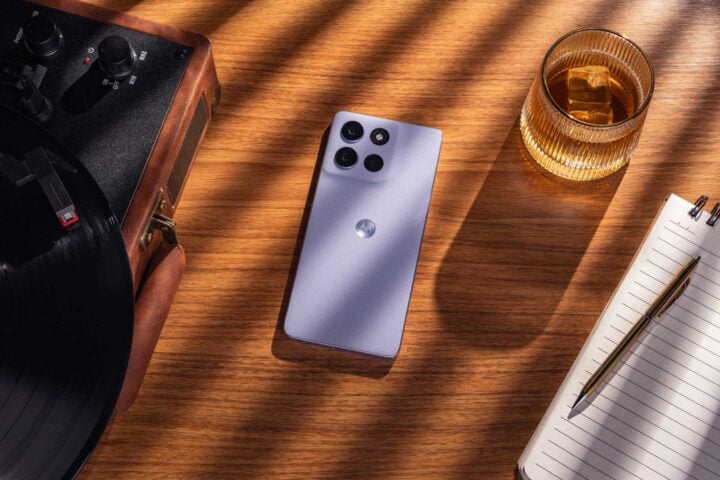
Read the Moto G86 Power 5G review
Living up to its name, the Moto G86 Power 5G houses a whopping 6720mAh battery. Battery anxiety just doesn’t exist with this phone, unless you’re extremely forgetful when it comes to charging.
For $499, you get a phone with good mid-range cameras, an excellent display, and IP69 durability. When your budget can’t stretch any further, there’s not much else you could realistically want from a phone.
CMF Phone 2 Pro

Read the CMF Phone 2 Pro review
Since when do $500 phones come with a 2x optical camera zoom? Not concerned with budget expectations, the CMF Phone 2 Pro does far more than its price suggests.
It looks great and ticks a lot of boxes: sharp screen, long-lasting battery, and good software support. Lack of eSIM support is a bummer, but the CMF Phone 2 Pro does nearly everything else right, in an affordable package.
Best phones under $300
Moto G15

The Moto G15 is a reliable entry-level phone that handles the basics well. Unlike some cheaper phones, it sports a clear, high-resolution display without sacrificing battery life.
If 5G connectivity is important, you might be tempted by the similarly affordable Moto G35 5G model. You can regularly find the Moto G15 on sale for less than $200, confident that it’s a good entry-level option.
Nubia Focus 2 5G
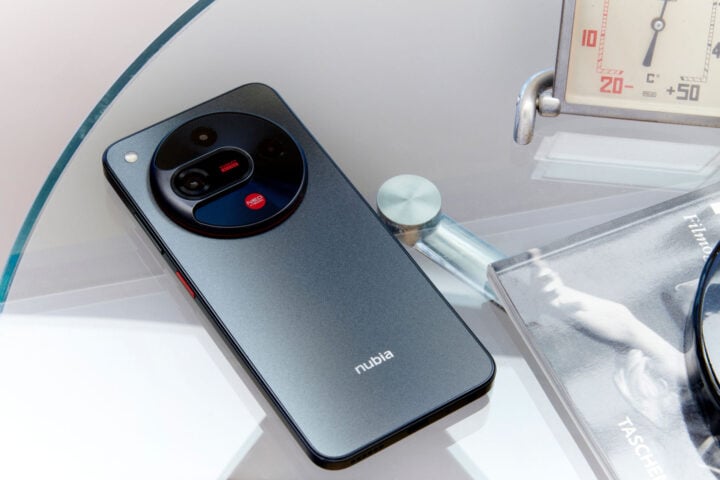
Read the Nubia Focus 2 5G review
A 108MP camera sensor in a $249 phone probably isn’t what you’d expect. Neither is a level of power unmatched by other entry-level phones.
But that’s what the Nubia Focus 2 5G does. It might not be a household name, but this phone subverts a lot of budget expectations. Now, if it could bump up the display resolution to 1080p, it’d be near unbeatable at this price.
How to choose the best phone
What if, after seeing all of these recommendations, you don’t know which phone to choose? Fortunately for you, we have a bunch of helpful tips to guide you through the decision-making process.
Price is naturally a big factor, so let’s explore what your money actually gets you. Some phones include many different features at various price points; not all of them are equally valuable, however.
This advice should help make your life easier when comparing a row of similar-looking phones at your local retailer.
Operating system
In Australia, you generally have two choices of operating systems in the current phone landscape: Apple or Android. Apple tends to have a more closed ecosystem where everything is funnelled through the tightly controlled App Store. Meanwhile, Android gives you more flexibility about what you can install on your phone and from where.
For the most part, the core features available between operating systems are fairly consistent. As we’ve seen recently, some of the more prominent generative AI features have come to Android first, followed by Apple at a later date (see Galaxy AI versus Apple Intelligence).

When choosing between operating systems, consider your existing devices. Do you already have some Apple devices? Hardware like MacBooks, HomePods and AirPods function best when connected to an iPhone, giving you more seamless connectivity. It’s easier to connect devices from different brands than it used to be, but there’s still a little bit of friction if you choose to go cross-platform.
Again, Android is widely considered the more open ecosystem with plenty of devices that support wireless connectivity and connected features. It’s not just your computers that you need to consider. Devices like TVs, cars and wireless speakers are also common connection points for modern phones.
If your home contains plenty of Chromecast and Android Auto-enabled devices, it probably makes more sense to get an Android phone. Conversely, there is fairly wide support for Apple AirPlay, letting you quickly and easily transfer information from an iPhone to another device.
As boring as this may be, there is no definitively correct choice to make here. It really is a matter of personal preference and individual practicality.
Performance
Another important decision to make is what you want your phone to do. Just want a phone that handles web browsing and scrolling social media? Then there’s no reason to spend hundreds or upwards of $1,000 on an excessively powerful phone.
As a general rule of thumb, phones that cost a few hundred dollars tend to be a little bit slower when swapping between apps or multitasking. You may notice that there’s a slight lag or delay when swiping between menus or performing basic tasks. That’s totally fine as long as the phone does what you want it to.
Other than price, a decent indication of the phone’s performance is found in its spec sheet. Look for how much memory a phone has and what processor it uses. Cheaper handsets can have between 4 to 8 GB of memory and use the more cost-effective Unisoc and Qualcomm Snapdragon chipsets. These hardware configurations are good for power efficiency, so you’ll likely get decent battery life out of them. The trade-off is that they certainly won’t be blazing through your apps at lightning speed or playing the latest graphically intensive mobile games.
On the other hand, if you want a phone that does absolutely everything from gaming to video editing and copious amounts of on-device processing, prepare to pay a premium. Premium phones from the likes of Apple and Samsung are basically mini computers. Rivalling some laptops in performance, they’re expensive but very capable phones.
Display
A lot of phones these days are big. They’re still relatively lightweight, but screens keep getting bigger and bigger. A lot of handsets come with displays in excess of 6.5 inches. Most of these screens look great but can be tricky to comfortably hold in one hand or squeeze into a pocket.
Aside from screen size, there are two big differentiating factors when assessing a phone’s screen. One is the display resolution, which refers to the number of pixels the screen shows. Basically, the higher the resolution, the sharper the end result is, meaning less fuzziness when you examine details closely.
Another screen factor to look out for is the refresh rate. Measured in hertz (Hz), the refresh rate refers to how many times the display refreshes each second. It’s particularly noticeable when scrolling and playing games. A higher refresh rate equates to smoother motion on the screen.
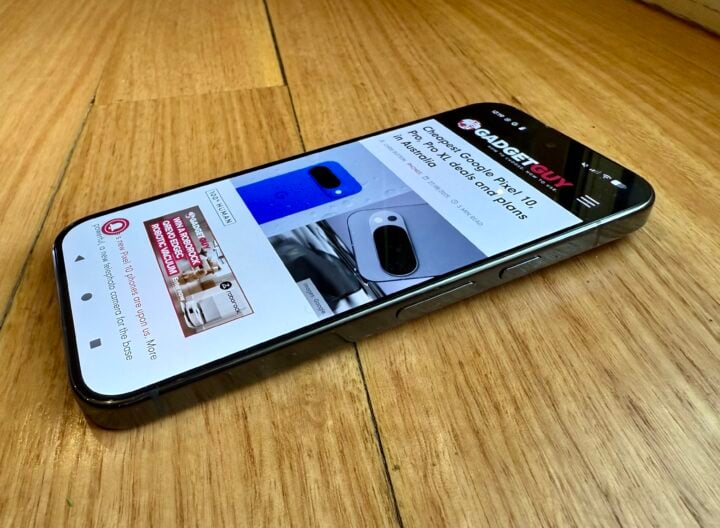
A recent trend in affordable phones is to employ a higher refresh rate, like 120 Hz combined with a 720p resolution. This makes for a smooth scrolling experience, but the screen clarity is slightly blurry compared to a Full HD 1080p resolution.
You generally have to spend at least $300 to get a phone that combines a high resolution with a smooth refresh rate. Oddly, Apple persists with its tradition of limiting its base iPhones to 60 Hz while only using 120 Hz in its more expensive Pro range.
Then there are different display panel technologies. LCD screens are cheaper to produce, albeit at the expense of colour depth, contrast, and viewing angle. Increasingly more phones use variations of OLED technology, which makes all kinds of content look great.
Battery life
At a minimum, you want a phone to last a day before needing to recharge. So, how can you tell without trying before buying? You can check the battery capacity on the device spec sheet for starters; 5,000mAh is the gold standard among phones, generally guaranteeing you’ll get close to two days of moderate phone use on a single charge.
That’s not the only detail to seek out, however. Processor efficiency also dictates battery life, which is why not all phones with 5,000mAh battery capacities last the same length of time. One of the best phone batteries we tested belonged to the Moto G86 Power 5G, which boasts a huge 6720mAh battery.
Charging speed is also important to consider. We all forget to charge our phones from time to time; we’re only human, after all. In the event you need to quickly charge your mobile before heading out, higher charging speeds help.
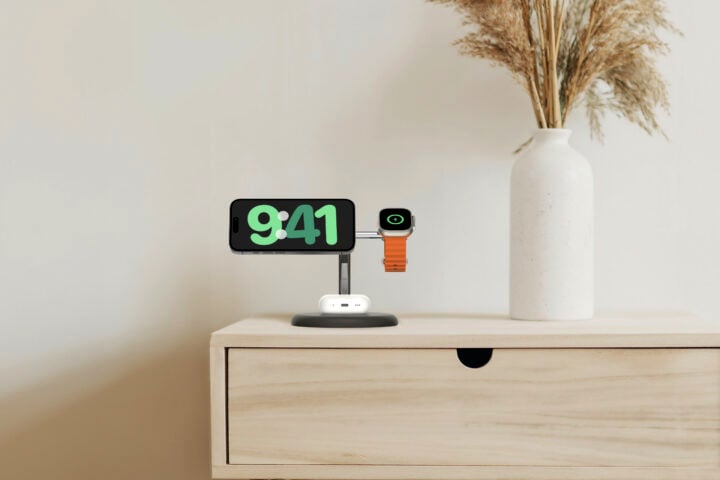
Pretty much all current phones in Australia support some variant of USB-C charging. Each phone supports a different maximum charging speed, which is also impacted by the speed of the charger you use. Entry-level phones support wired charging speeds of around 15-20W, while other models can charge at speeds in excess of 30W. As the numbers suggest, a higher wattage equals faster charging speeds.
More phones also support wireless charging, a convenient set-and-forget method requiring fewer cables. This tends to be a mid-range feature, so you need to pay a bit more for the luxury. Look for phones that list “Qi” as a charging technology, which means they officially support the industry standard. The newer Qi2 standard is more common now, using magnets to align phones in place, like Apple’s MagSafe technology, supporting faster speeds.
Camera quality
One of the most common purchasing decision factors we hear is that camera quality is one of the most important points of difference. People love taking a good snap on a phone. And why wouldn’t you? As the classic photography adage goes, the best camera is the one you have on you.
Here’s where things get a bit technical. Many phones take nice photos, especially during daylight hours. When the light fades, that’s when your mobile might start taking blurry, pixelated images that look nothing like what your eyes see.
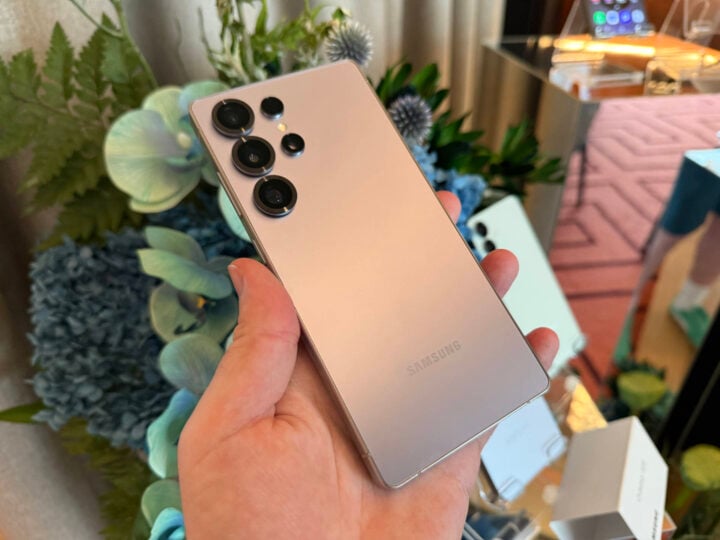
With phone cameras, you get what you pay for, for the most part. Brands love mentioning megapixels (MP) when talking up their phone cameras. This is worth paying attention to, for sure, but it doesn’t capture the full picture (if you can excuse the pun).
More megapixels are helpful for zooming into pictures you’ve taken and cropping images without introducing too much distortion. But you need to look closer at the sensors each camera uses. A larger image sensor with more pixels helps improve light sensitivity and overall photo quality in more lighting conditions. DXOMARK has a good explainer about what to look for.
Software updates
Ideally, when you buy a phone, you want it to work for as long as possible. Not only is it better for your wallet, but it’s also more sustainable not having to frequently buy new technology. This is where post-launch software updates come into play.
After you get a new phone, the first thing you should do is connect it to the internet to download the latest software. It’s a good practice to get into, not just for access to new features but also for device security. New vulnerabilities and security loopholes are discovered all the time, so these updates help close any glaring privacy issues.
Cheaper phones tend to support only one or two years of operating system and security updates. While cost-effective in the short run, you eventually run the risk of missing out on new features and security fixes.
Samsung and Google offer seven years of updates for their premium handsets, so you’re paying for more than just the hardware. Apple doesn’t advertise its post-launch support in years, per se, but most of its phones get around six years of operating system upgrades.
GadgetGuy occasionally uses affiliate links and may receive a small commission from purchased products.
The post Best phones in Australia 2025: Biggest brands tested and rated appeared first on GadgetGuy.



0 (mga) komento:
Mag-post ng isang Komento